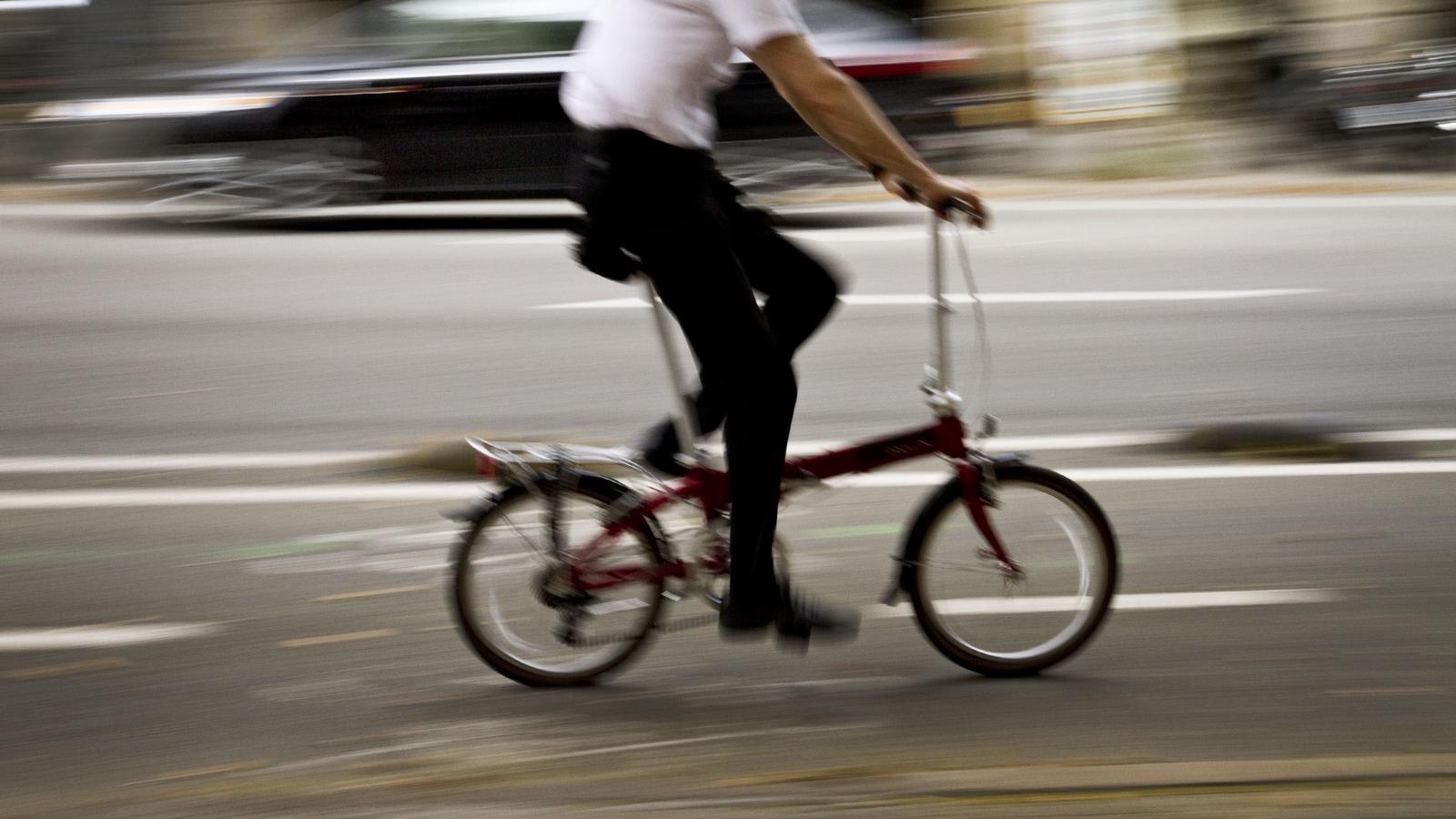65% of cyclists say they feel vulnerable in Barcelona
A study by RACC shows that nine out of ten bicycle users do not have safe lanes for their entire journey

Barcelona65% of people who cycle in Barcelona claim to feel vulnerable when doing so around the city, and this is a significant increase from the 55% who felt it in 2019, despite the fact that we must also take into account that more and more residents are switching to bicycles (41% have been using this means of transport regularly for under two years) and that they increasingly share spaces with personal mobility vehicles such as electric scooters. In addition, nine out of ten cyclists say that they cannot make their entire journey along safe routes. These are two of the most striking conclusions of the fourth survey on bicycle mobility conducted by RACC. The study, which has surveyed 800 bicycle users and has analysed their habits and opinions, concludes that cyclists demand more and better connections between bike lanes and more facilities to enter and leave the city from other towns.
Cyclists want, above all, bike lanes to be netter linked to each other, improvements at junctions and roundabouts and not to share lanes with buses, which is what the City Council has already tried out on Creu Coberta and wants to apply on Via Laietana and Pi i Margall. In addition, they are clearly in favour of the public bike rental service (Bicing in Barcelona) becoming available throughout the metropolitan area and not having differentiated services in each municipality. If this were the case, 39% of those who are already users of Bicing say they would make metropolitan trips with this system.
What generates the most insecurity for cyclists is sharing lanes with electric scooters (74% say so) or with large motor vehicles such as vans or buses (75% say so). As for the infrastructure already in place, 89% of respondents claim not to have a continuous network to make their usual journeys. "This lack pushes them to go onto the road and commit traffic infractions," according to the head of the report and head of RACC Mobility Studies, Alba Rey. In fact, according to the data collected, when they do not have the necessary infrastructure, 59% of cyclists go on the road, 26% use pavements under five metres wide even though it is not allowed, 13% take a longer route and 12% get off their bike.
Dangerous junctions
What they criticise the most about the current infrastructure is the design of junctions and roundabouts, which 29% dislike, followed by segregated lanes that run into parking spaces or containers (28% dislike) and bi-directional lanes, which get a bad grade from 27% of respondents.
Another of the issues that concerns cyclists is security: 82% of bicycle or bicycle component thefts occur while bikes are parked on the street. The RACC report also warns of an increase in the use of objects that can distract bicycle users, such as headphones (41% admit to using them) or cell phones (35% do not hide the fact that they use them while cycling). And cyclists themselves also admit to some risky behaviour such as jumping lights when there are no cars or motorcycles nearby (48% admit to it) and give themselves a 6.5 out of 10 on average when asked about their own behaviour.
Among the initiatives recommended to improve cyclists' wellbeing, the RACC considers it appropriate to develop mandatory and free training. According to the report, 33% of users admit that they do not know the rules of urban cycling. It also recommends eliminating bicycle lanes on sidewalks and bi-directional lanes, placing more specific traffic lights and reserving spaces for bicycles to stop at traffic lights, as is the case with motorcycles, among other measures.
